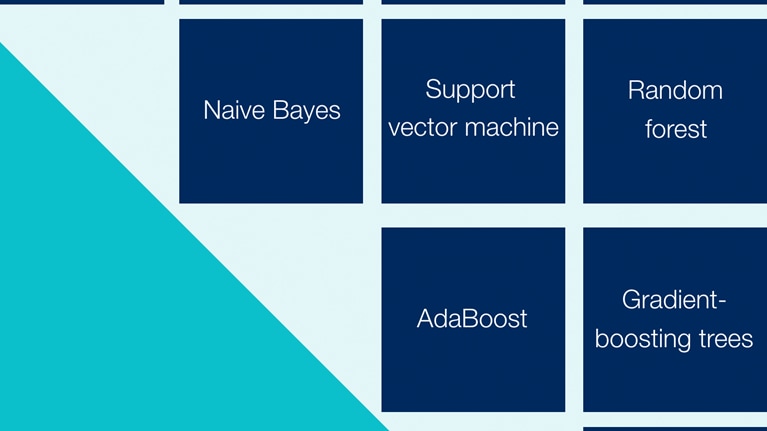An anticipated drop in the cost of Internet of Things (IoT) nodes (for example, microcontroller units and sensors) is fueling the rise in available data. Advances in machine learning, data science, and computing power can turn these vast amounts of data into value-creating insights. Our new report, Achieving business impact with data, looks into these issues deeply; this article highlights some of the report’s key points.
Fundamentals of the insights value chain
The ability to capitalize on what data has to offer hinges on a series of fundamentals along what we call the insights value chain, which includes a range of technical capabilities as well as solid business processes (Exhibit 1). Broadly speaking, capturing the most value from the wealth of potential data begins with excellence in identifying, capturing, and storing that data; moves through the technical capability to analyze and visualize that data; and ends with an organization that is able to complement analytics with the domain knowledge of human talent and rely on a cross-functional, agile structure to implement relevant insights.

Capturing value from data depends on the integrity of the entire insights value chain, and the chain is only as good as its weakest component. Organizations looking to be successful in data insight must ensure excellence in all components and steps of the insights value chain.
Would you like to learn more about how we help clients understand the Internet of Things?
Insights-driven use cases
Insights-based value creation models in the evolving spaces of the connected world can be grouped into one of three overarching categories:
- Top-line use cases typically help companies improve customer-facing activities (Exhibit 2). These use cases can enhance activities in the areas of pricing, churn prevention, cross- and upselling, and promotion optimization to drive growth.
- Bottom-line use cases employ data-driven insights to optimize internal processes. Predictive maintenance, supply chain optimization, and fraud prevention are among the processes that can be improved with the benefit of data. These use cases are becoming increasingly relevant due to the growing number of IoT applications and the collection of massive amounts of data that can be used to improve business processes.
- New business models is the category of data-enabled use cases that moves beyond processes and brings value by expanding a company’s portfolio of offers. This can include the straightforward selling of the data itself, selling insights gleaned from data, and offering analytics as a service.
Use cases within these categories can be explored individually or in combination.

Translating data into business value
With a solid operating model in place, organizations can begin the process of turning data into value. A systematic approach maps a series of actions to the insights value chain described above. The first two action areas—data collection and data refinement—comprise the tech-heavy upstream activities. This is followed by the people- and process-driven downstream activities of defining and adopting actions, as well as building the tools and governance that support sustained engagement around these insights-based activities (Exhibit 3).

Generating and collecting relevant data
Defining certain requirements based on particular use cases will help ensure that only relevant data is captured. First, identify business use cases you believe in, and then think about the models and data you need to operationalize them, not vice versa. Some use cases will require significant time series of data. Others depend on the timeliness and “freshness” of data. Another important aspect of the generation and collection of data is data layering. Carefully organizing data into several logical layers and then employing a logic by which to stack these layers can help generate more meaningful data.
Refining data
Once the organization has successfully captured all relevant raw data, it must begin the process of making sense of it all. The first step here is to enrich the data with the knowledge of domain experts, never losing sight of the fact that human expertise is as important to making data useful as is the power of analytics and algorithms.
The second step—again drawing on the input of data scientists—is the number crunching. A combination of descriptive, predictive, and prescriptive analytics will help identify the patterns that form the basis of actionable insights.

Analytics comes of age
Turning insights into action
Here, two things are required: first, domain knowledge is critical. While the mathematics of predictive maintenance for pumps on oil platforms, for example, might be similar to that of networks in telecoms, the actions that need to be taken afterward will be very different. Second, a look at processes and structures will be key. Looking at the example of data insights and churn prevention, call centers might be reorganized, and save desks might be implemented in order to support the action of hiring specialized agents for customer retention.
Driving adoption
Insights-driven actions are most valuable when widely adopted. Making data insights a part of the standard operating procedures of those employees who haven’t traditionally focused on data is what yields real value. Continuing with the churn-prevention example, “analytics academies” can help marketing, retention, and customer maintenance employees (among others) understand which questions can be asked of data and analytics and how to bring those insights into their day-to-day work activities.
Mastering tasks concerning technology and infrastructure in addition to organization and governance
Technology and infrastructure, as well as organization and governance, are the enablers that help organizations take sustained action on the insights from advanced analytics and create impact. Easy-to-use tools, such as dashboards and recommendation engines, can help personnel extract relevant insights. A working environment that facilitates the integration of those insights is also required—for instance, governance that enables and manages the necessary change within the organization. This includes close alignment of the data-science departments and the business units.
Download Achieving business impact with data, the full report on which this article is based (2.1–MB).

